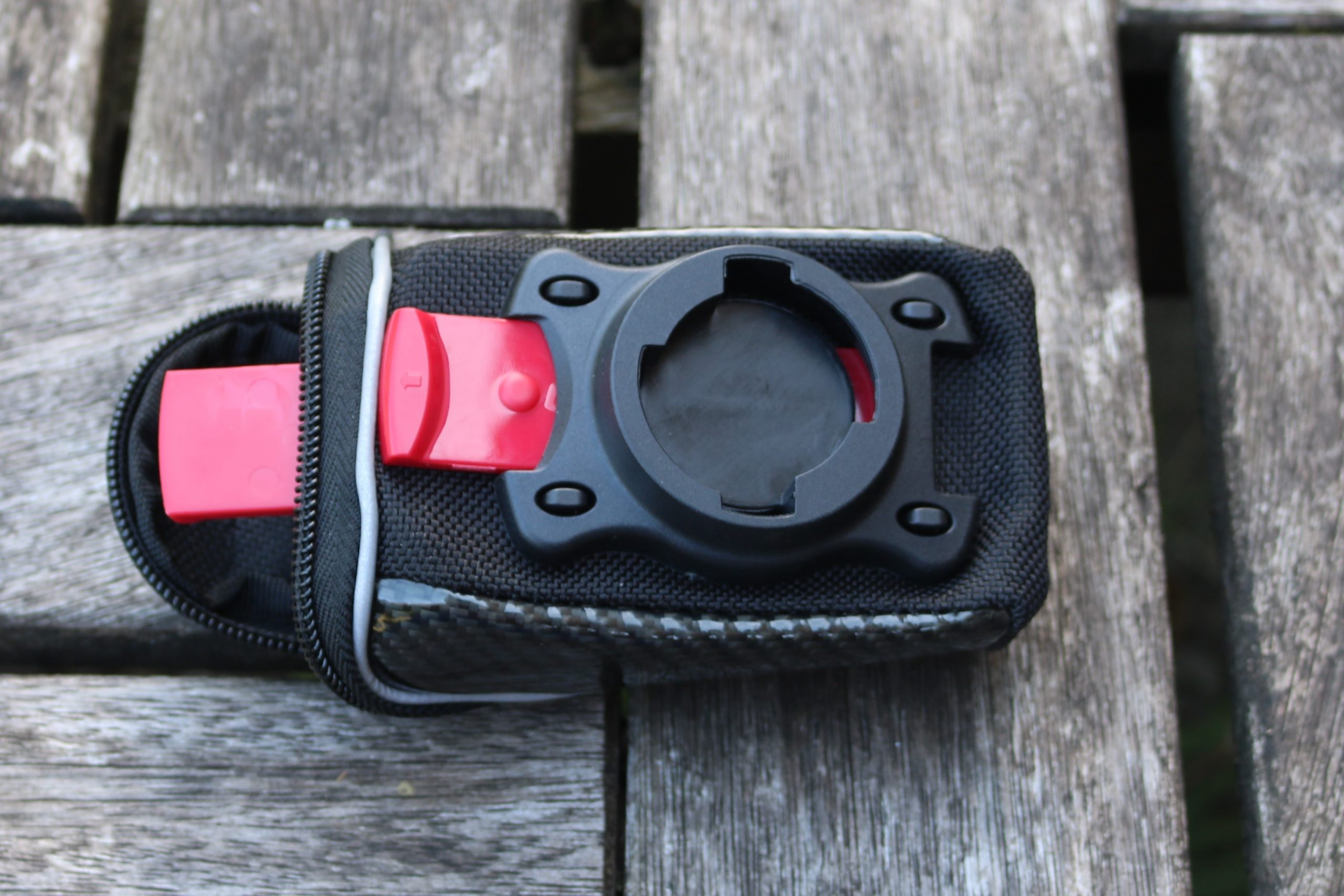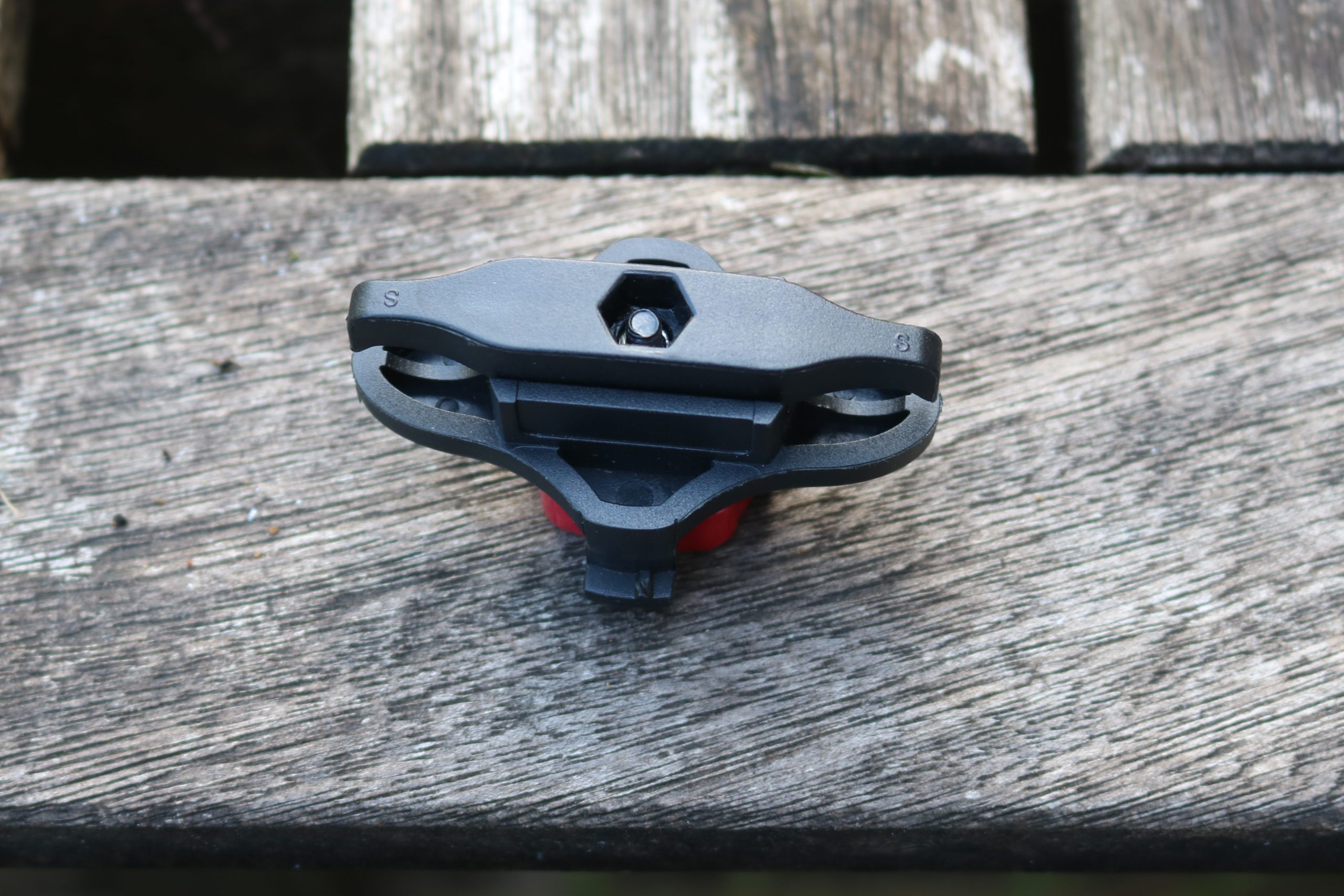Scicon Phantom 230 seat pack review
Scicon’s diminutive pack lets you carry the basics in style

The tiny Scicon Phantom 230 has a clever fixing system and sits unobtrusively on the saddle rails. Its small size means that there's only room to carry the basics, although the included tyre levers are a useful added feature
-
+
Very compact and unobtrusive
-
+
Secure fit to saddle rails, but easy to remove
-
+
Bonus tyre levers
- +
-
-
Too small for much more than a tube
You can trust Cycling Weekly.

Scicon has moved away from its focus on luggage for carrying bikes around recently, making a splash with its high-end sunnies and £225 bibshorts. But it still sells bike travel bags, alongside a range of different sized saddle bags. The Scicon Phantom 230 is one of its smallest.
Designed to clamp to your saddle rails, the Scicon Phantom 230 has just enough room - 230ml, hence its name - for a spare inner tube. You might manage to squeeze your house key in there too, but Scicon’s suggestion that you could fit in a CO2 cartridge and a patch kit looks ambitious if you carry a standard butyl inner tube with you. It’s an either/or option.

So if you want to guard against the majority of on-road hiccups, you’ll need to carry some stuff elsewhere - probably in your jersey pockets.
But what the Scicon Phantom 230 does really well is to give you a small amount of extra capacity unobtrusively. It sits under your saddle and is small enough that it’s not going to get in your way as you ride.
Plus, it’s held in place really securely by the clever Roller 2.1 clamp. This fits to your saddle rails and is tightened using a large red screw. Unlike some systems, this means it’s tool free and the size of the screw head makes it easy to get enough leverage for a tight fit.

Once the clamp’s fitted, the Scicon Phantom 230 bag slots onto it at an angle and turning it clicks it securely in place. It’s a simple, effective system and keeps your bag away from a delicate, expensive carbon seatpost. There’s a light loop built in if you want to attach a rear blinkie to up your visibility.
Another useful feature is the two red plastic tyre levers built into the bag’s mounting point, one inside and one outside the bag. They’re reasonably robust, but the plastic feels slightly brittle and they are a bit short. I wouldn’t rate their chances against a tight tubeless tyre.
The £35 list price makes the Scicon Phantom 230 an expensive option on a price per volume basis, but it feels sturdy and well made and its easy on/off mounting system is a definite advantage.

Thank you for reading 20 articles this month* Join now for unlimited access
Enjoy your first month for just £1 / $1 / €1
*Read 5 free articles per month without a subscription

Join now for unlimited access
Try first month for just £1 / $1 / €1
Get The Leadout Newsletter
The latest race content, interviews, features, reviews and expert buying guides, direct to your inbox!
Paul started writing for Cycling Weekly in 2015, covering cycling tech, new bikes and product testing. Since then, he’s reviewed hundreds of bikes and thousands of other pieces of cycling equipment for the magazine and the Cycling Weekly website.
He’s been cycling for a lot longer than that though and his travels by bike have taken him all around Europe and to California. He’s been riding gravel since before gravel bikes existed too, riding a cyclocross bike through the Chilterns and along the South Downs.
-
 How to watch the Amstel Gold Race 2025: Everything you need to live stream the Dutch Classic
How to watch the Amstel Gold Race 2025: Everything you need to live stream the Dutch ClassicAll the broadcast information for the first of the Ardennes Classics on 20 April with Tom Pidcock – here's how to watch Amstel Gold Race online and on TV.
By Adam Becket Published
-
 Can you make a living as an American domestic road racer? A look inside the part-time professionalism of the American road peloton
Can you make a living as an American domestic road racer? A look inside the part-time professionalism of the American road pelotonAfter decades of booms and busts, the American road scene finds itself in a fragile place. We spoke to riders to understand the reality of chasing the dream on home soil
By Logan Jones-Wilkins Published
-
 What does Q36.5 mean? We asked the people behind the Italian kit brand that sponsors Tom Pidcock's team
What does Q36.5 mean? We asked the people behind the Italian kit brand that sponsors Tom Pidcock's teamQ36.5's Luigi Bergamo and Lodovico Pignatti Morano take on Cycling Weekly's Q&A
By Tom Thewlis Published